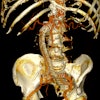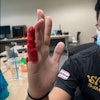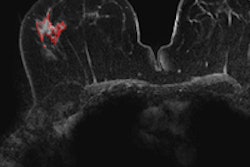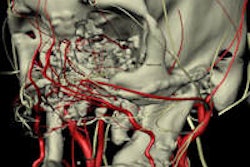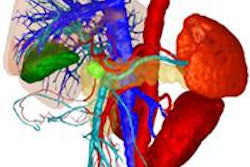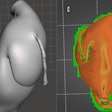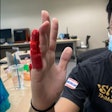Dear Advanced Visualization Insider,
Coverage from last month's RSNA meeting takes center stage in this edition of the Advanced Visualization Insider.
An Italian team traveled to Chicago to present research that explored the use of computer-aided detection (CAD) software as a clinical tool for interpreting digital breast tomosynthesis studies. In a retrospective review of 143 cases, they found CAD yielded standalone sensitivity of 89% for malignant lesions along with an average of three false-positive marks per view.
Those results are comparable to the reported performance of commercial CAD systems with standard digital mammography studies, according to the group. Delve further into their findings by clicking here.
In other articles from the congress in your Advanced Visualization Digital Community, find out how CT with 3D reconstructions play a crucial role in facilitating facial transplants by clicking here.
In addition, quantitative 3D breast image analysis was found to offer prognostic value for assessing ductal carcinoma in situ on dynamic contrast-enhanced MRI. You can access that article by visiting here.
Advanced visualization research also featured in an exhibition sponsored by the German Federal Ministry of Education and Research. In a booth on the exhibit floor at McCormick Place, eight groups and more than 30 researchers from Germany presented developments on areas such as using off-the-shelf 3D game controllers to navigate through images and time-of-flight cameras to record movements in 3D. Learn more here.
Do you have an idea for a topic you'd like to see covered? As always, please feel free to email me.

